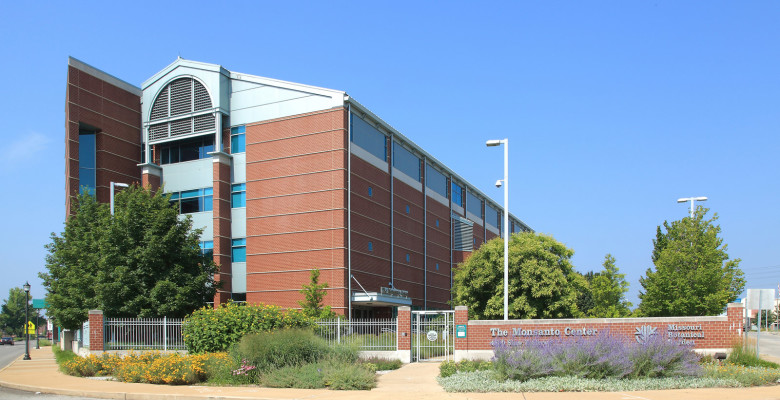Square Feet: 77,500 | Savings: 59% on gas bills | 41% on electric bills |
Opportunities for savings included the isolation of the herbarium labs (a high energy use space) from the central plant, boiler conversions, and installing a smaller chiller. This involved redesigning systems to meet exacting space control conditions in a research environment.
- HVAC Re-zoning Strategies
- High-Efficiency Boiler Upgrades
- High-Efficiency Chiller Upgrades
Analysis of existing systems revealed that the facility had two major thermal zones. The herbarium labs and rare book areas (21% of the square footage) require a constant space temperature of 62º F. For the other 79% of the building, 72º F was deemed appropriate.
Before the changes, one steam boiler provided building heating, humidification, and reheat. One chiller provided all cooling for the building. The operating strategy was for the chiller to cool 100% of the building to the most stringent lab conditions, and then user the boiler to provide reheat to warm the rest of the spaces.
ERG’s redesign combined new equipment with new operating strategies. A smaller steam boiler and multiple small, high efficiency hot water boilers were installed. A smaller chiller was put in to better match the low load profile. One new water-cooled DX Air Handler was placed in service with the conventional air system to meet stringent loads. The DX unit compressor heat is recovered to reduce reheat loads in the summer.
Under the new operating strategy, the smaller steam boiler is used only for humidification. The multiple small hot water boilers allow the system to run at higher efficiencies at part load conditions. Sub-cooling is now required only to meet the more stringent loads (21% of the building).
By regressing gas usage with respect to weather, ERG and the Missouri Botanical Gardens are able to document the savings from energy efficiency efforts. As this graph shows , the Gardens reduced its consumption by 43,200 therms annually and saved $39,700 (2004 natural gas prices) a year at this one building alone.
, the Gardens reduced its consumption by 43,200 therms annually and saved $39,700 (2004 natural gas prices) a year at this one building alone.
The Garden’s gas and electrical savings demonstrate that the energy efficiency program has proven to be a wise investment. The program has resulted in less than a three-year payback and an annual return on investment of 35%. Additionally, improvements made have considerably reduced the Garden’s ecological footprint, furthering its mission to operate in an environmentally friendly manner.
Regressing electrical usage with respect to weather clearly shows the electrical savings before and after the small chiller is installed. As the graph shows, the smaller chiller performs extremely well at part load conditions. The Garden has reduced its electrical consumption by 772,350 kWh a year and saved $47,700 annually with this measure.
Articles about the retrofit:
http://www.stltoday.com/business/article_2c09ea21-c3af-5d87-b107-efeca6bd3f8a.html
http://www.bizjournals.com/stlouis/stories/2010/04/19/focus9.html














